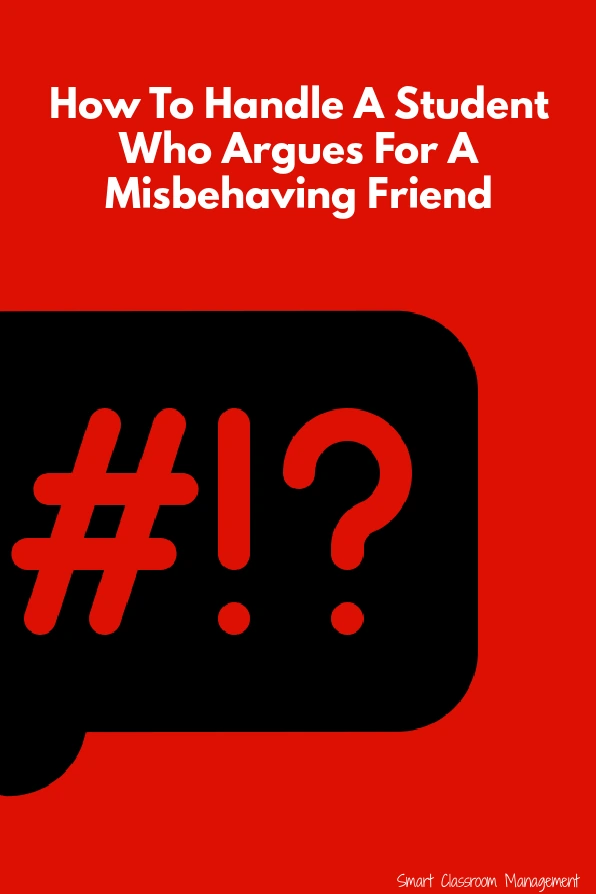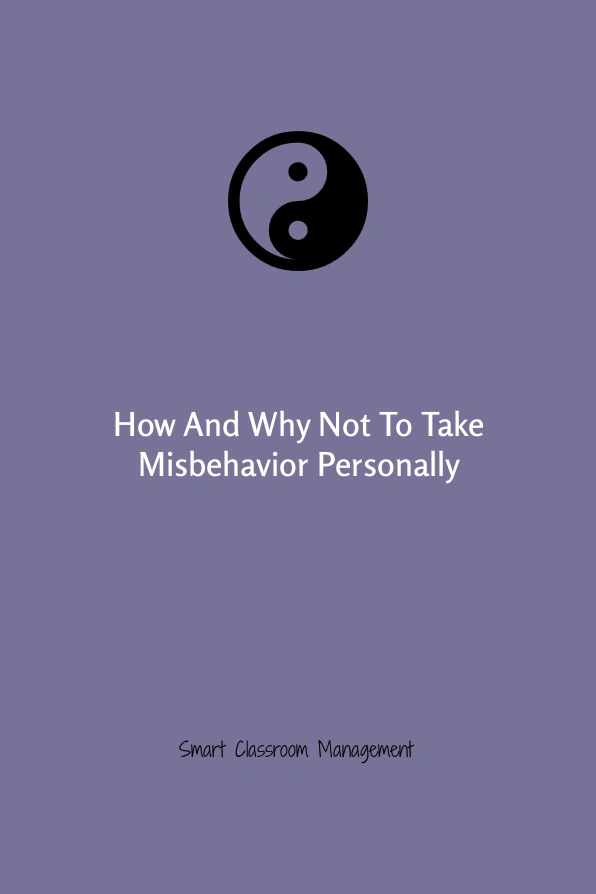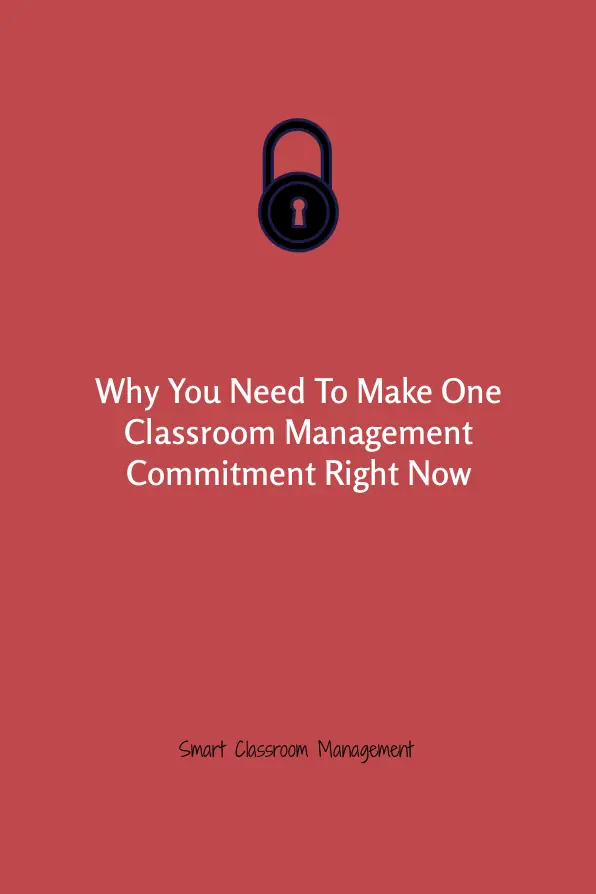Here’s the scenario:
You witness a student break a rule, so you enforce a consequence. But then, out of nowhere, a student nearby denies the misbehavior.
In other words, they jump in and say . . .
“It wasn’t him!”
“He didn’t do it.”
“He was just sitting there.”
Or words to that effect.
Now, I must confess. The audacity to lie for a friend you’ve just watched push another student or cut in line, for example, is hard for me to wrap my head around.
It’s so blatantly ridiculous.
But it’s also commonplace, presumably because it works. Many teachers and adults buy the lie they know isn’t true, accepting it out of fear or meekness. So kids keep selling it.
I experience it every year the first few weeks of school. Using the strategy I’m going to share with you, however, puts a stop to it.
Here’s how it works:
1. Walk away.
I recommend turning and walking away as soon as you deliver your consequence. Always. Never hang around and wait for an argument or response from the misbehaving student.
This alone not only places the most weight of responsibility on the transgressor, but it keeps others from jumping in to defend them.
Turning away also shows confidence and conviction and sends the message, early in the school year, that you’re the leader of the classroom and know what you’re doing.
2. Ignore.
When you hear arguments and denials aimed at your back, you must ignore for now. Yes, it’s hard. You’d love to spin around and put the lying student in their place. However, at SCM we never create friction with students.
No matter how egregious their behavior.
Continue on with your lesson or whatever you were doing before the initial misbehavior. You can even pretend you didn’t hear them. Don’t make eye contact with the student who is calling out or even look in their direction.
3. Enforce.
The advocating student will get the message and stop trying to get your attention to battle for their friend. But you can’t leave it at that. Although you could enforce a consequence for disrespect, I don’t recommend it.
There is a more effective way. Once you’re calm and they’ve given up the charade, approach and deliver a consequence for calling out. Then turn and walk away the same as always.
Done just this way, it will leave them silent, humbled, and dissuaded from ever again dishonestly defending what is indefensible. That is, the sacredness of class rules.
Caveats
Of course, you must get it right.
Great teachers observe. They position themselves strategically. They watch shrewdly and are sharp-eyed and hyper-aware of their surroundings. They’re always ready to boldly enforce.
If ever you assume a rule was broken yet didn’t actually witness misbehavior, then you’re going to create resentment and a reputation for inconsistency. To have a well-behaved class, you must catch misbehavior and follow through like a referee.
It’s also smart to let your class know that if you do get it wrong—truly get it wrong—then they can make an appointment to politely speak with you. You’ll find that as long as you follow the steps above, this will rarely happen—as you’ll rarely get it wrong.
The most important lesson is to have a singular way of enforcing consequences that never changes and that enables you to follow through without fear, stress, or frustration.
PS – Please follow our new Instagram page, where we’ll be posting fresh content several times per week.
If you haven’t done so already, please join us. It’s free! Click here and begin receiving classroom management articles like this one in your email box every week.
















+ There are no comments
Add yours